Joan Crawford: Actress as Auteur
Programmed by: Kathleen Geier, Tony George
One of the most prolific and versatile stars of the classical Hollywood studio system, Joan Crawford’s extraordinary career lasted from the silent era into the 1970s. Always strategic in crafting her image, Crawford reinvented herself throughout the decades with her trademark tenacity and charisma. Emerging as a flapper icon in the silent era, she became a major star at MGM in the 1930s. She frequently played shopgirls, waitresses, sex workers, and other types from the wrong side of the tracks, developing a huge fan base among working class women. Just as Katharine Hepburn and Rosalind Russell became icons to white collar women, Crawford became a heroine to the pink collar class. However, by 1938 she was infamously labeled “box office poison” and was dropped by MGM a few years later. Just when it looked like her career might be over, she re-invented herself at Warner Brothers with the dazzling comeback film, Mildred Pierce. It became a box office smash and provided Crawford with her Oscar-winning role. Her melodramas and noir of the 1940s and 1950s mark a high point in her career, and she continued to tackle genre films with her later work in westerns and horror. Under the Hollywood studio system, it was rare for a film actress to have this kind of longevity. By making her own opportunities and adapting her star persona, Crawford created indelible and complex images of American womanhood. There is more than one way to be an auteur, and Joan Crawford’s cinematic legacy is proof.
Mildred Pierce (1945)
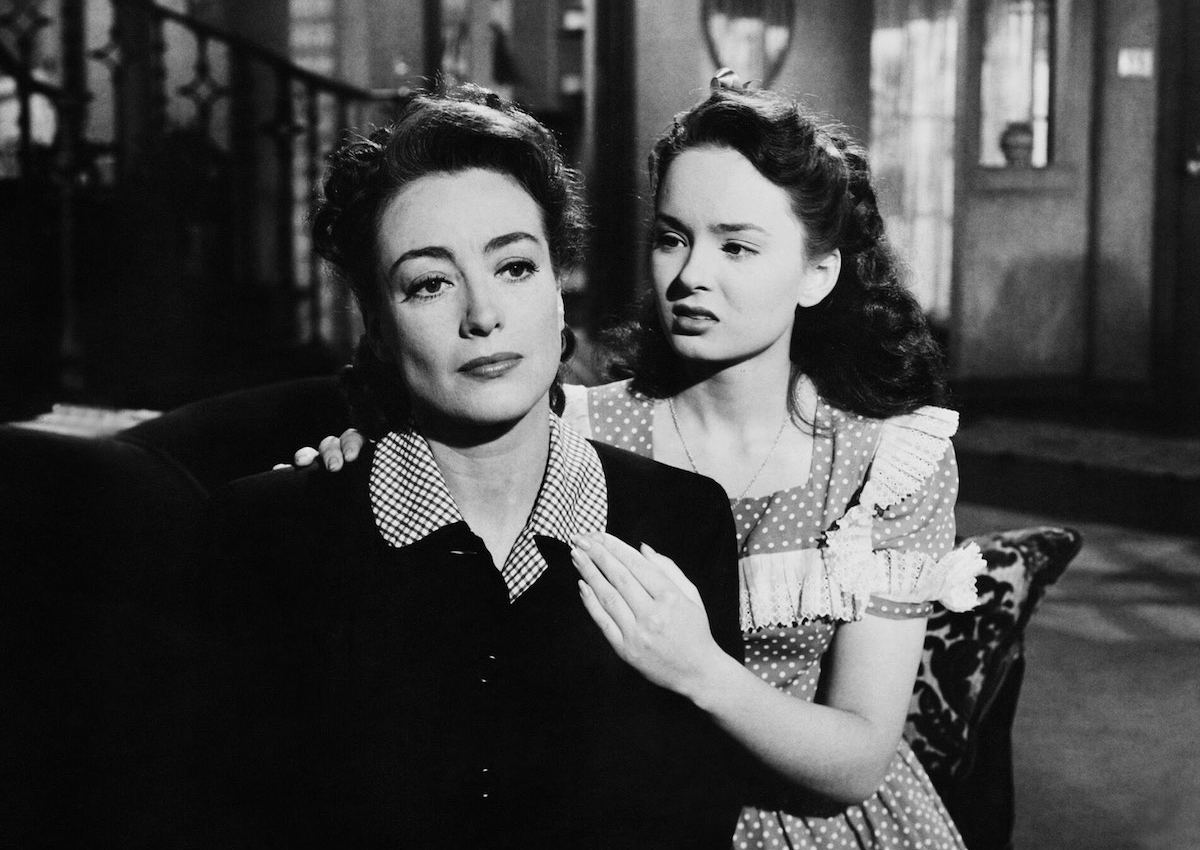
Michael Curtiz · 111m · 35mm
A single mother (Crawford) claws her way from waitress to restaurant tycoon. But she can’t get the thing she wants most: the love of her spoiled daughter. This deliciously entertaining film noir was a triumph for Crawford — who revitalized her career and won an Oscar in the title role — and a subversive look at the dark side of the American dream.
Print courtesy of the Academy Film Archive.
Monday, October 6 7:00 PM
Grand Hotel (1932)
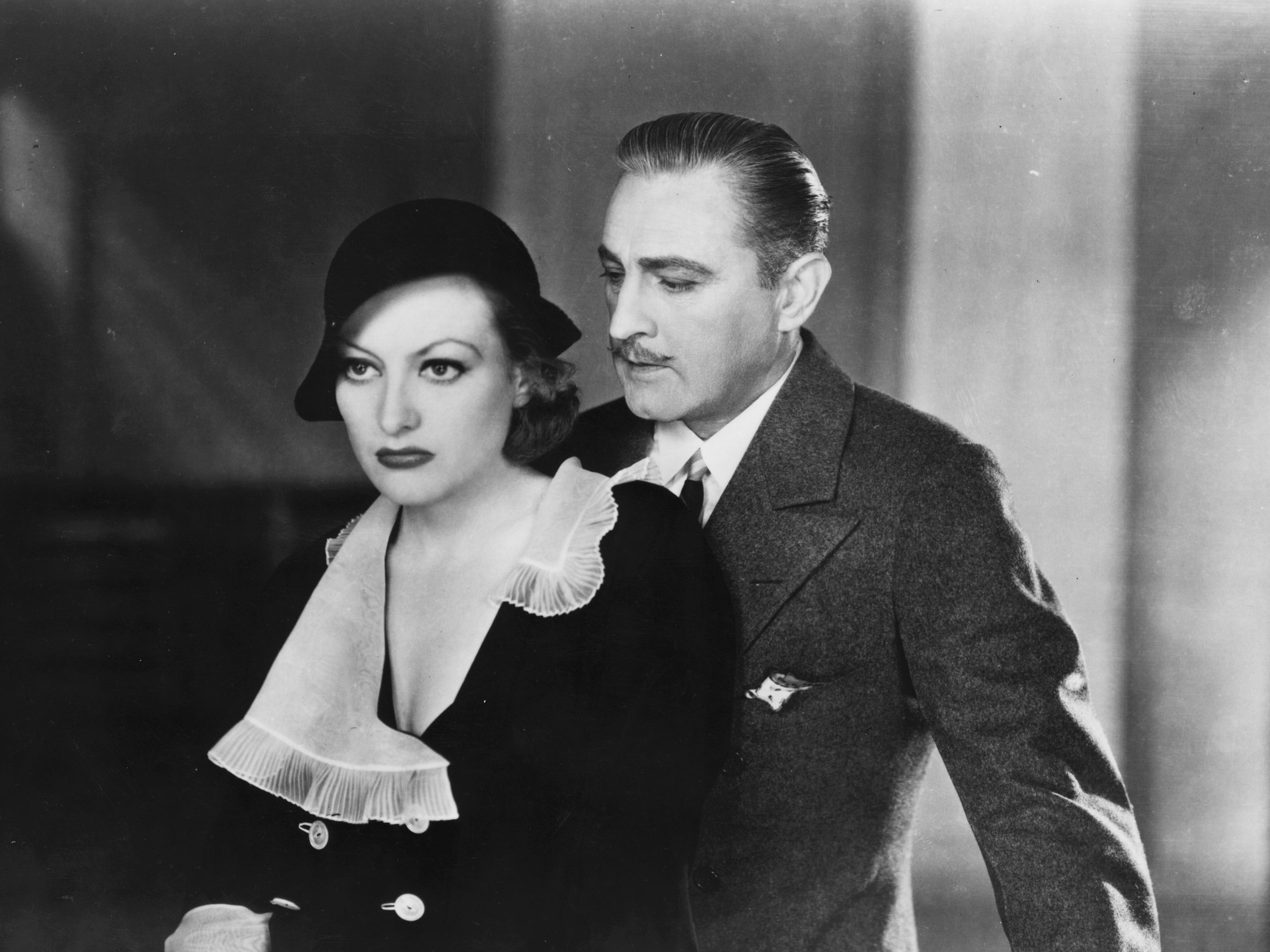
Edmund Goulding · 112m · 35mm
This classic ensemble film follows the stories of a group of guests at a luxury Berlin hotel. Packed with drama, glamor, and high style, Grand Hotel is moving, charmingly old-fashioned Hollywood filmmaking at its best. Top billing went to Greta Garbo, but Crawford more than holds her own. Her sexy young secretary was an audience favorite and among the first of her many working class heroine roles.
Print courtesy of the Academy Film Archive.
Monday, October 13 9 PM
The Women (1939)
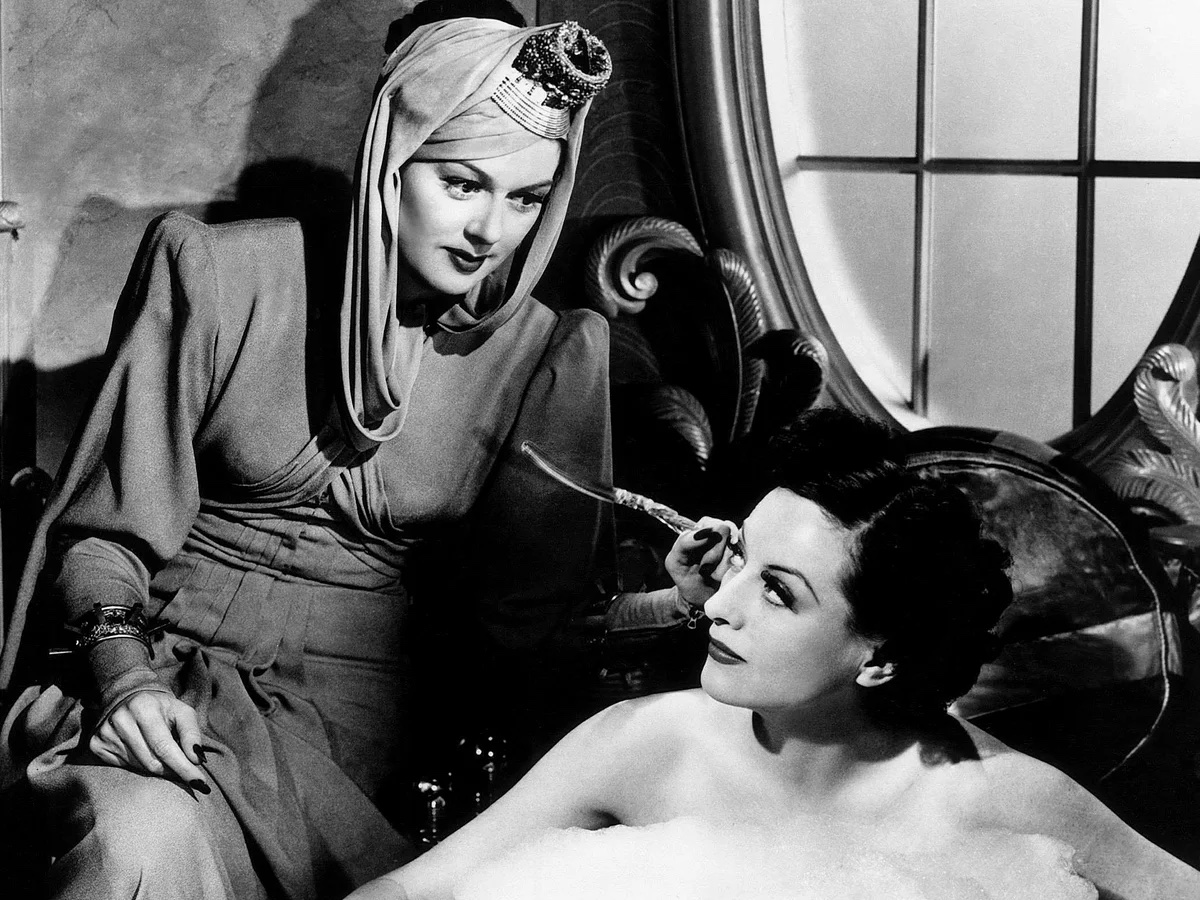
George Cukor · 133m · DCP
Crawford stars opposite Norma Shearer in this all-female comedy directed by George Cukor. When Mary Haines (Norma Shearer) learns of her husband’s infidelity through the high society rumor mill, her friends conspire to confront the mistress (Joan Crawford) and convince Haines to pursue divorce. The ensemble cast shines under Cukor’s lush direction, examining the social lives of these women with wit and sincerity.
Monday, October 20 7:00 PM · Sunday, October 26 4:00 PM
Strait-Jacket (1964)
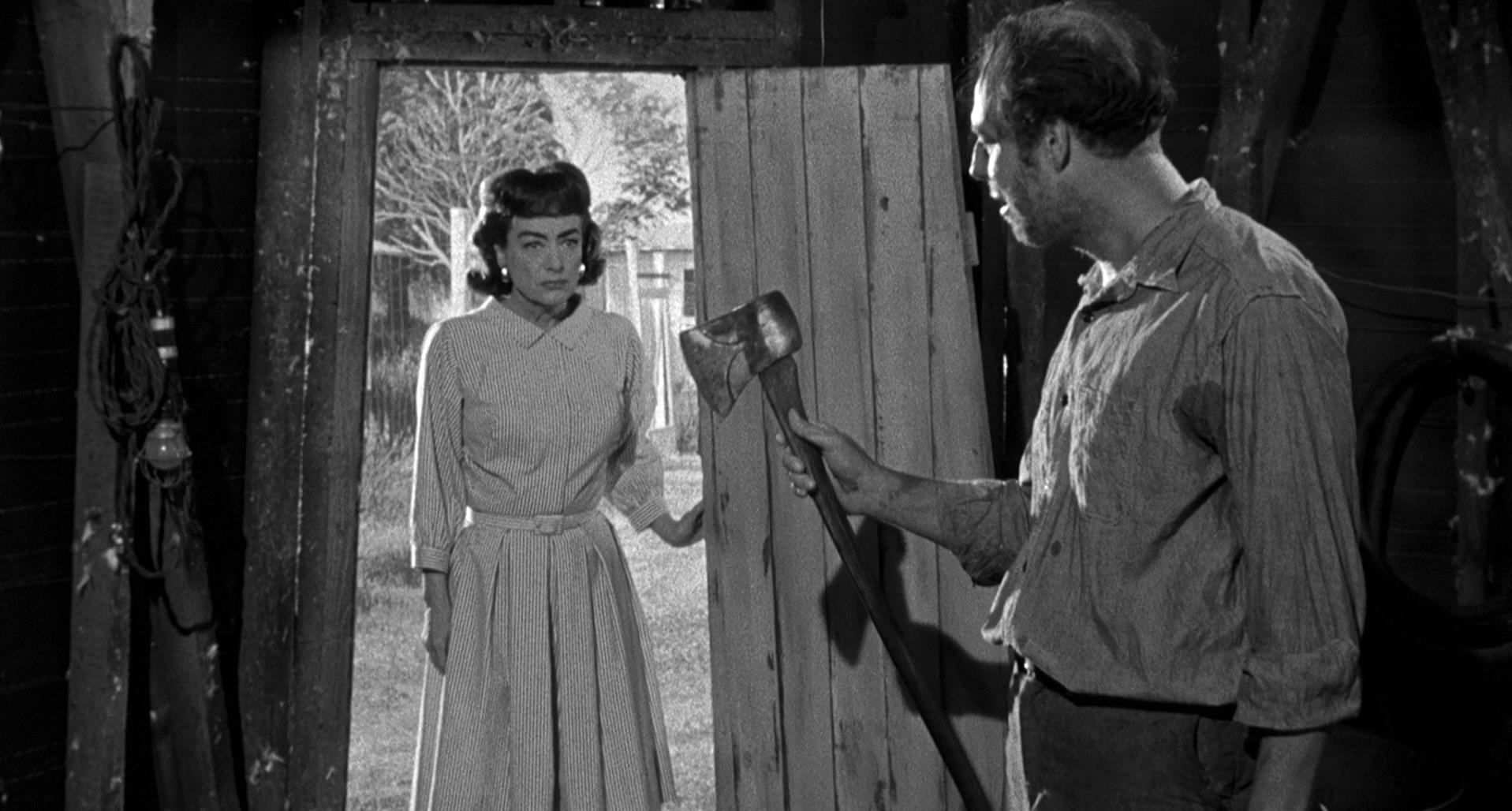
William Castle · 93m · 35mm
The final arc of Joan Crawford’s career found her revisiting the horror genre. William Castle’s Strait-Jacket casts Crawford as a convicted murderer returning home to her estranged daughter after twenty years in an asylum. Her performance is pitched perfectly to Castle’s B-horror world, and her commitment to allowing her character the full range of emotions remains electrifying.
Monday, October 27 7:00 PM · Saturday, November 1 4:00 PM
Humoresque (1946)
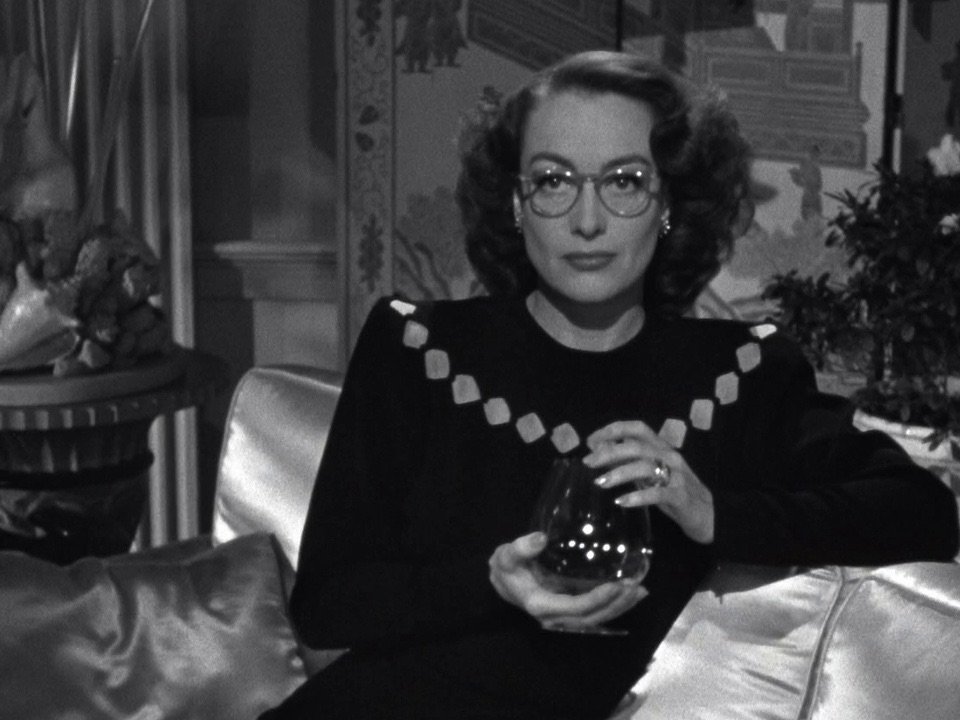
Jean Negulesco · 125m · 35mm
John Garfield plays a working-class violinist whose dreams of stardom are complicated by his infatuation with a wealthy married socialite (Joan Crawford). This romantic melodrama finds Crawford in a reversal of the 30s working girl pictures that made her career, putting her in the position of wealth and power instead. Her character’s vulnerable emotional arc is heightened by the sweeping orchestral performances that anchor the film.
Print courtesy of the Library of Congress.
Monday, November 3 7:00 PM
Sudden Fear (1952)
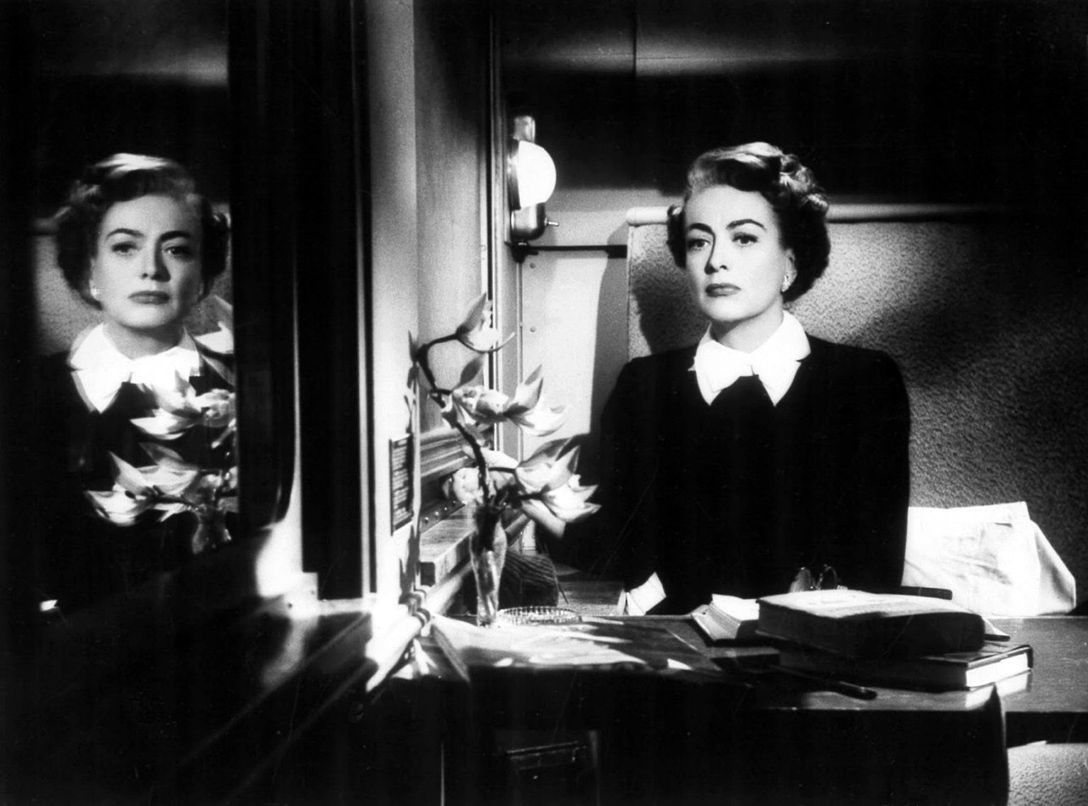
David Miller · 110m · DCP
Joan Crawford was often the auteur behind her own films. A case in point is Sudden Fear: Crawford was heavily involved in the adaptation of the novel by Edna Sherry, and hired the director, scenarist, and co-stars. The result is one of her best, most suspenseful film noirs. In it, a wealthy playwright (Crawford) weds a much younger man (Jack Palance). Alas, he plans to kill her. Noir icon Gloria Grahame spices things up as Palance’s scheming mistress.
Monday, November 10 7:00 PM
Flamingo Road (1949)
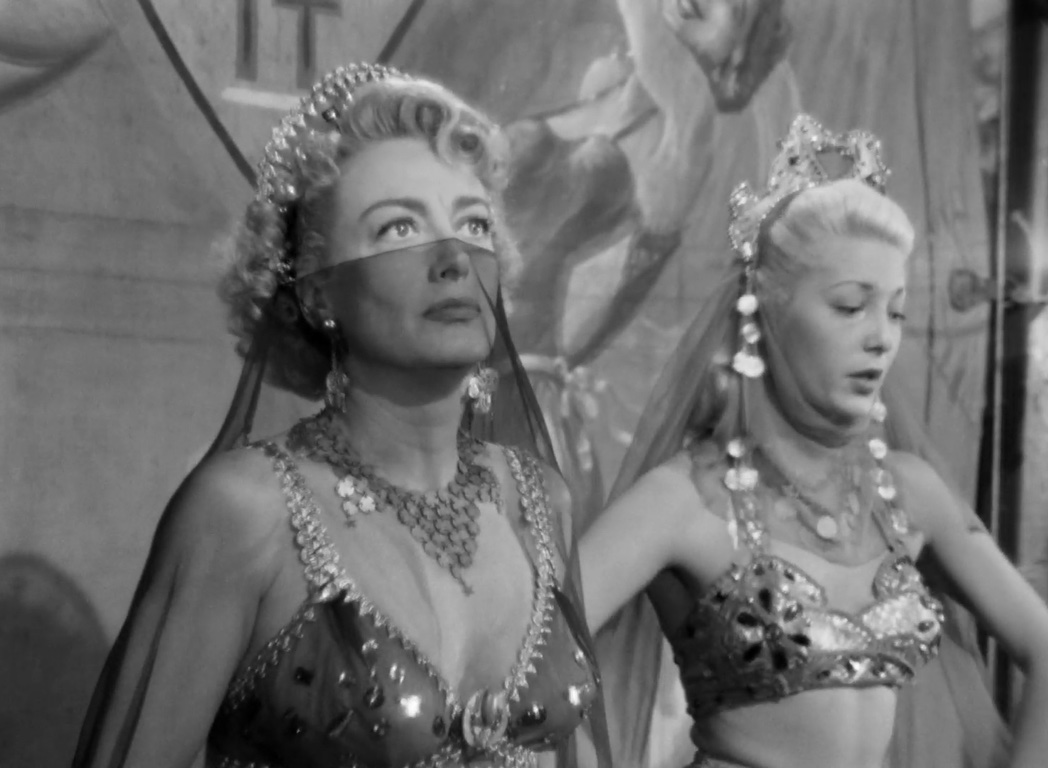
Michael Curtiz · 94m · DCP
Reteaming with her Mildred Pierce director Curtiz, Crawford plays a carnival dancer stranded in a small southern town. Upon her release from prison for a crime she didn’t commit, she’s out for revenge. This lively, atmospheric film noir is great fun, especially the juicy scenes where Crawford faces off against the town’s corrupt sheriff (Sydney Greenstreet, who walks off with the picture).
Print courtesy of the Library of Congress.
Monday, November 17 7:00 PM
Autumn Leaves (1956)
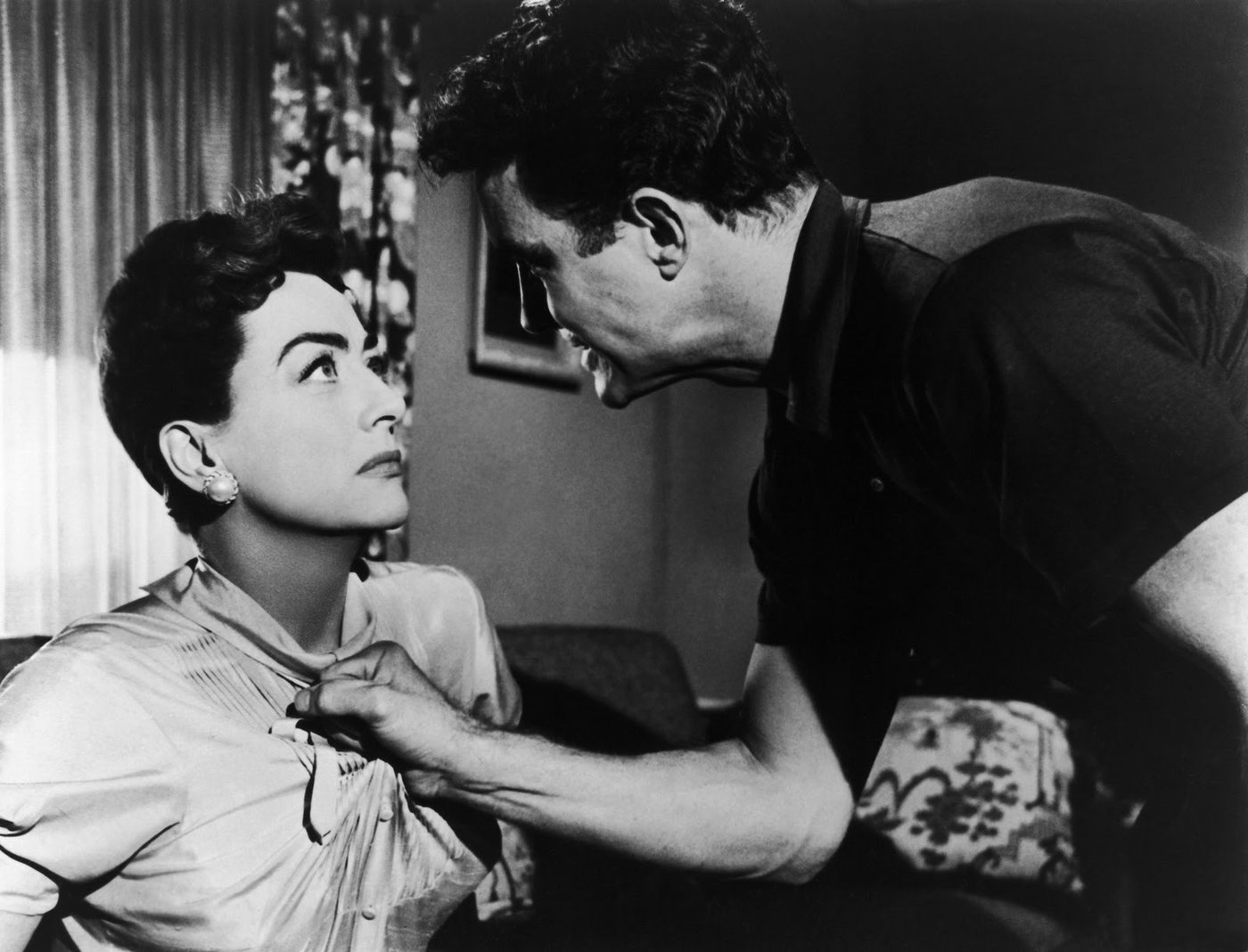
Robert Aldrich · 107m · DCP
Crawford stars as a lonely middle-aged typist who falls for a younger man. What begins as a fascinating age-gap melodrama turns dark when her lover reveals a troubled past. Autumn Leaves showcases Crawford’s strength in realizing complex characters late in her career. She is both proud and wounded, afraid of desire and eager for love. Her performance explores the boundaries of female desire from a mature perspective.






